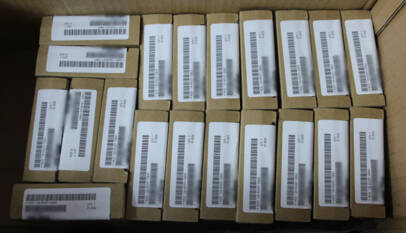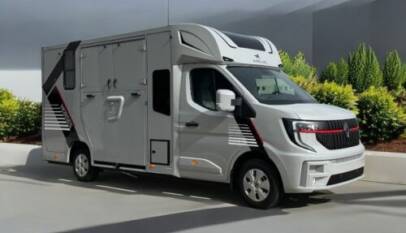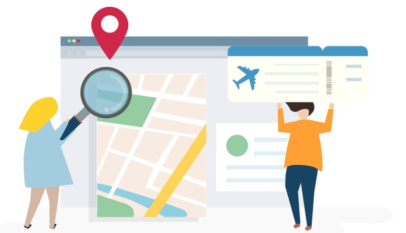Best Features of an Asset Tracking Device
In a world where every asset counts, losing track of valuable equipment or shipment can cost money as well as business reputation. With a top asset tracking device, businesses can keep a check on their most essential assets in real time.
This makes it less likely that things will be stolen or that operations will be delayed. So, this blog is going to explain how these devices work and offer the key features that make them essential for businesses.
How Do Asset Tracking Devices Work?
Asset tracking technologies use GPS, wireless connections, and cloud-based systems to keep a check on both movable and immovable assets. They collect crucial data like speed, position, and weather to send it to a central platform where it can be analyzed.
In addition, most technologies employ satellites or cellular networks to provide continuous tracking and instant alerts. Some advanced systems even have geofencing features that let management know when assets move outside of their set boundaries.
Key Operational Components
Understanding how the internal components of an asset tracker work help in better grasping how accurate and dependable it is in diverse work environments. Below given are a few operational components that make the tracking devices more accurate, functional and reliable across various industries:
-
Battery and Power Management
The device runs all the time without needing a lot of maintenance because it has a long-lasting, rechargeable battery. If they manage their power effectively, devices can work for months or even years in harsh situations.
-
GPS and Cellular Mode
A GPS tracker for rental equipment captures asset coordinates and delivers them over multiple networks. It ensures that tracking is always accurate, dependable, and uninterrupted, even in distant or low-signal areas.
-
Sensors and Microcontrollers
These sensors can identify movement, vibration, or temperature. They enable users to monitor environmental factors, ensuring product safety and operational quality.
Top Features of an Asset Tracking Device
Asset tracking devices are equipped with modern technology that has simplified monitoring, security and ensured complete control over valuable business resources. The following features show that how the tracking device is smart and reliable as well as is designed to streamline management and safeguard assets:
-
Real-Time Location Tracking
This feature uses GPS to monitor assets for precise positioning. It helps businesses optimize delivery routes, prevent losses, and keep track of all their critical resources.
-
Geofencing and Warnings
Users can set up digital boundaries and get quick warnings when an asset goes outside of those boundaries. Moreover, this feature makes things safer, prevents unauthorized movements, and improves overall asset management efficiency.
-
Long Battery Life
These devices use batteries that utilize less energy, so they can last for months or even years without needing to be charged. Additionally, it’s best for businesses that are perfect for remote operations, where accessibility and maintenance are limited.
-
Multi-Network Connectivity
The device supports multiple networks like GPS, GLONASS, and LTE, ensuring uninterrupted communication. It ensures that the performance remains the same even in rural areas or places with weak signals.
-
Environmental Monitoring
Advanced sensors keep track of changes in temperature, humidity, and vibration as they happen. Also, this feature keeps delicate things like electronics and drugs secure during transportation.
-
Cloud Integration
The asset data automatically syncs with secure cloud servers, enabling easy access and analysis. Also, this allows businesses to maintain track of a lot of their assets, review analytics, and make informed operational decisions.
The best asset tracking device ensures accuracy, safety, and operational transparency for any business. With features like geofencing, environmental monitoring, and cloud integration, these devices give businesses the ability to stay informed and take action. Thus, investing in this technology will make managing assets around the world smarter and safer in the future.
Integrating AP Automation with ERP Systems for Seamless Workflows
Most ERPs are built to be the backbone of operations. They manage ledgers, procurement, in…







